-
![(4S)-3-[5- (4-Fluorophenyl)-1,5-dioxopenyl]-4-phenyl-2-oxazolidinone CAS:189028-93-1](https://cdn.globalso.com/xindaobiotech/10WCKQ6EGR3DADJD9G131.png)
(4S)-3-[5- (4-Fluorophenyl)-1,5-dioxopenyl]-4-phenyl-2-oxazolidinone CAS:189028-93-1
(4S)-3-[5-(4-Fluorophenyl)-1,5-dioxopenyl]-4-phenyl-2-oxazolidinone is a chemical compound with potential pharmaceutical applications. It belongs to the oxazolidinone class of compounds and exhibits a unique molecular structure.
-
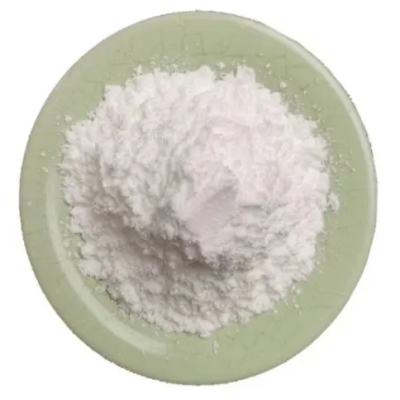
4-Fluoroisoindoline Hydrochloride CAS:924305-06-6
4-Fluoroisoindoline Hydrochloride is a chemical compound used in organic synthesis and pharmaceutical research. It is classified as an isoindoline derivative with potential applications in medicinal chemistry and material science.
-
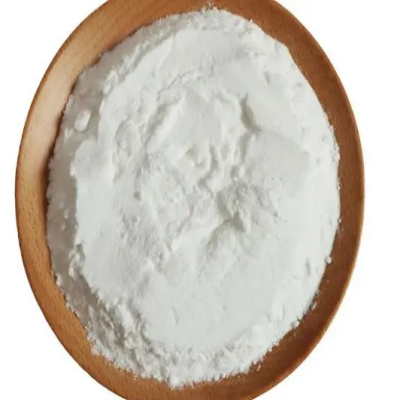
(2S,3S)-1,2-Epoxy-3-(Boc-Amino)-4-Phenylbutane(for Darunavir) CAS:98737-29-2
(2S,3S)-1,2-Epoxy-3-(Boc-Amino)-4-Phenylbutane, used for Darunavir, is a chemical compound employed in pharmaceutical synthesis and research. It acts as a crucial intermediate in the production of the pharmaceutical drug Darunavir.
-
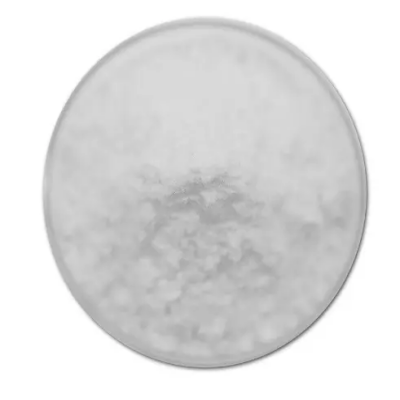
(-)-Corey lactone 4-phenylbenzoate CAS:31752-99-5
(-)-Corey lactone 4-phenylbenzoate is a chemical compound with applications in organic synthesis and pharmaceutical research. It serves as a valuable intermediate for the preparation of various biologically active molecules and pharmaceutical compounds.
-
![(3S,4R)-4-Acetoxy-3-[(R)-1-(tert-butyldimethylsilyloxy)ethyl]azetidin-2-one CAS:76855-69-1](https://cdn.globalso.com/xindaobiotech/20KKQ1ROFEVXI9DUBYB171.png)
(3S,4R)-4-Acetoxy-3-[(R)-1-(tert-butyldimethylsilyloxy)ethyl]azetidin-2-one CAS:76855-69-1
(3S,4R)-4-Acetoxy-3-[(R)-1-(tert-butyldimethylsilyloxy)ethyl]azetidin-2-one is a chemical compound used in organic synthesis and pharmaceutical research. It serves as a vital intermediate in the production of various pharmaceutical compounds and advanced materials.
-

N-Boc-Cis-4-Fluoro-L-proline CAS:203866-13-1
N-Boc-Cis-4-Fluoro-L-proline is a chemical compound used in pharmaceutical and organic synthesis. It is commonly employed as a building block in the production of various pharmaceutical drugs and research chemicals.
-
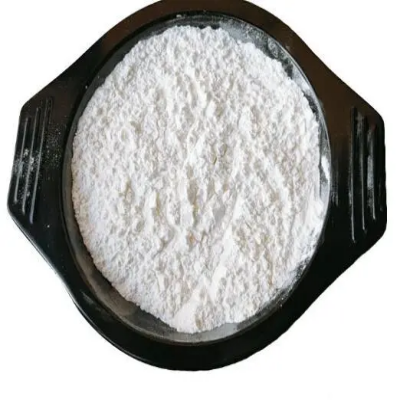
((1S,4R)-4-aminocyclopent-2-enyl)methanol D-tartrateCAS:229177-52-0
((1S,4R)-4-aminocyclopent-2-enyl)methanol D-tartrate is a chemical compound used in pharmaceutical research and synthesis. It plays a role as an important intermediate in the development of potential drug candidates and therapeutic agents.
-
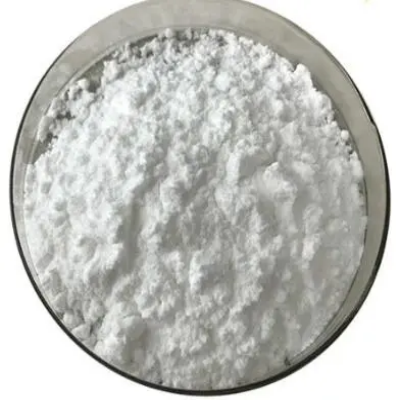
1-(2,3-Dichlorophenyl)piperazine hydrochloride CAS:119532-26-2
1-(2,3-Dichlorophenyl)piperazine hydrochloride is a chemical compound used in pharmaceutical and research applications. With a molecular formula of C10H12Cl2N2, it is a white crystalline powder that serves as an important building block in the synthesis of various therapeutic and research compounds. Its unique structure and reactivity make it valuable for drug discovery and development, particularly in the creation of pharmacologically active molecules targeting neurological and psychiatric disorders.
-
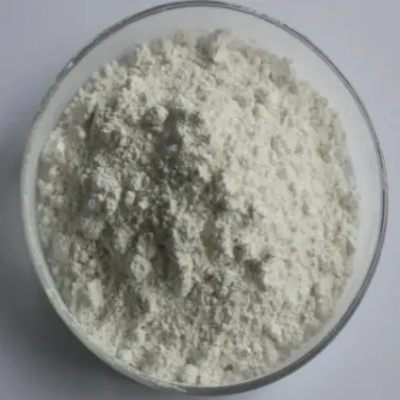
1-(3-Methoxyphenyl)piperazine dihydrochloride CAS:6968-76-9
1-(3-Methoxyphenyl)piperazine dihydrochloride is a chemical compound with diverse applications in pharmaceutical and research fields. This white crystalline powder, with a molecular formula of C11H16Cl2N2O, exhibits solubility in water and serves as a key intermediate in the synthesis of various medicinal and research compounds. Its unique structure and reactivity make it valuable for drug discovery and development, particularly in the creation of novel therapeutic agents targeting neurological and psychiatric disorders. Additionally, its potential interactions with biological targets make it an important tool for studying drug-receptor interactions and biochemical pathways.
-
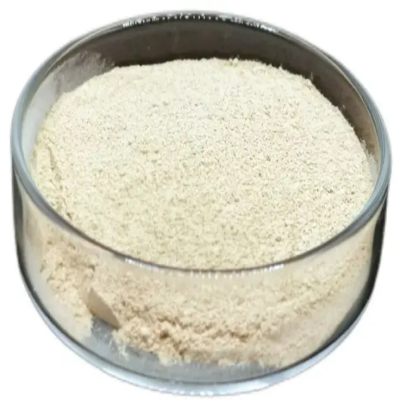
1-(2-Pyridyl)piperazine CAS:34803-66-2
1-(2-Pyridyl)piperazine, also known as 2-(1-Piperazinyl)pyridine, is a chemical compound with diverse applications in pharmaceutical and research fields. With a molecular formula of C10H14N3, this crystalline solid exhibits solubility in organic solvents and serves as a crucial building block in the synthesis of various pharmaceuticals and research compounds. Its unique structure and reactivity make it valued for organic chemistry endeavors and its ability to potentially interact with biological targets makes it an important component of medicinal chemistry research.
-
![(3S,4S)-3-[(R)-1-(tert-Butyldimethylsilyloxy)ethyl]-4-[(R)-1-carboxyethyl]-2-azetidinone CAS:90776-58-2](https://cdn.globalso.com/xindaobiotech/HSUS81DS80Y35NTEZTU250.png)
(3S,4S)-3-[(R)-1-(tert-Butyldimethylsilyloxy)ethyl]-4-[(R)-1-carboxyethyl]-2-azetidinone CAS:90776-58-2
(3S,4S)-3-[(R)-1-(tert-Butyldimethylsilyloxy)ethyl]-4-[(R)-1-carboxyethyl]-2-azetidinone is a chemical compound utilized in organic synthesis and pharmaceutical research. It serves as an important intermediate in the production of various pharmaceutical compounds and advanced materials.
-
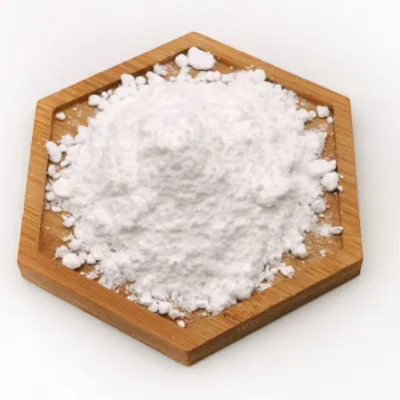
1-(2-Methoxyphenyl)piperazine hydrochloride CAS:5464-78-8
1-(2-Methoxyphenyl)piperazine hydrochloride is a chemical compound widely utilized in pharmaceutical and research applications. With a molecular formula of C11H16ClN2O, this white crystalline powder exhibits solubility in water and serves as a key intermediate in the synthesis of various medicinal and research compounds. Its unique structure and properties make it valuable for drug discovery and development, particularly in the creation of novel therapeutic agents targeting neurological and psychiatric disorders. Additionally, its potential interactions with biological targets make it an important tool for studying drug-receptor interactions and biochemical pathways.

